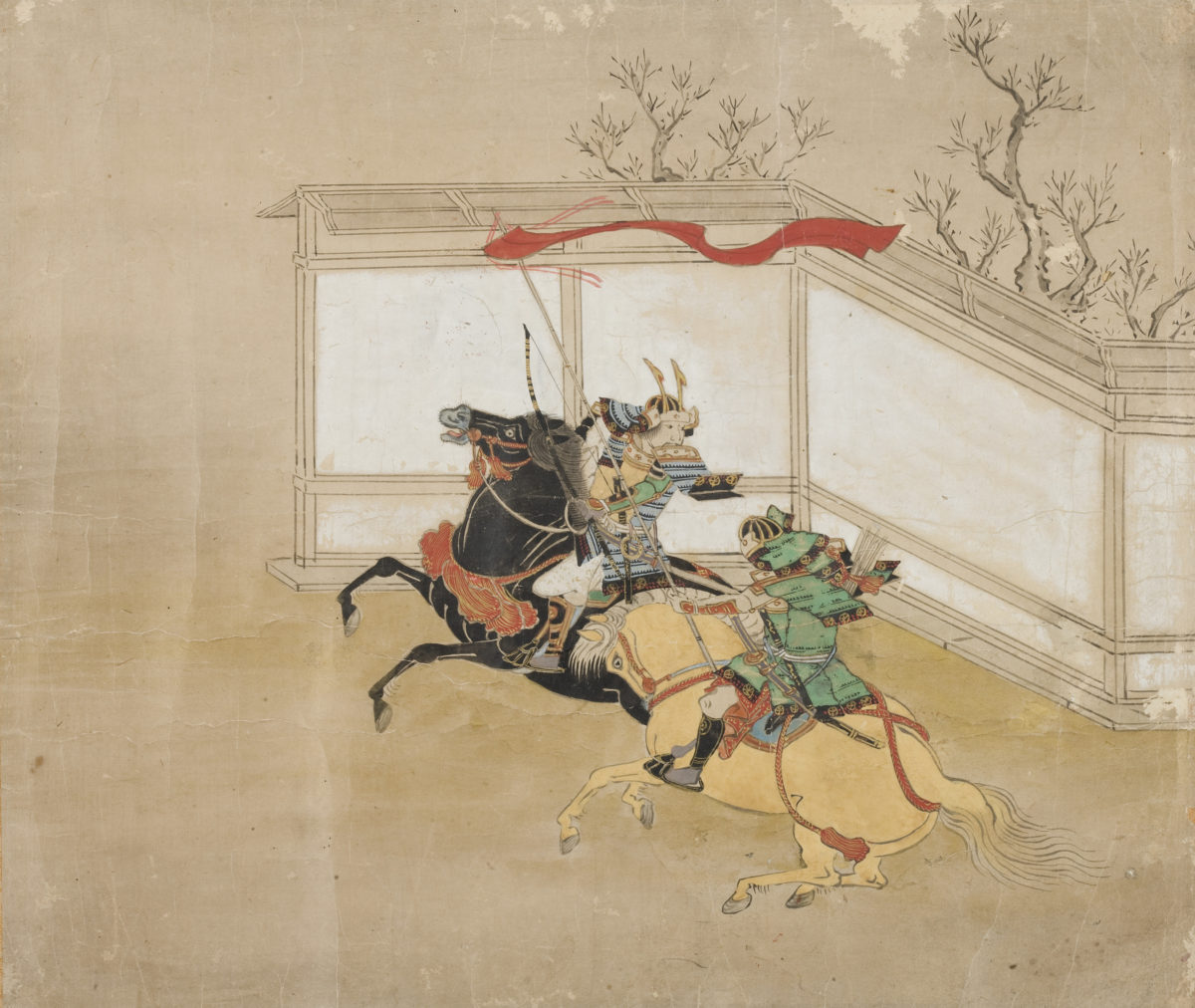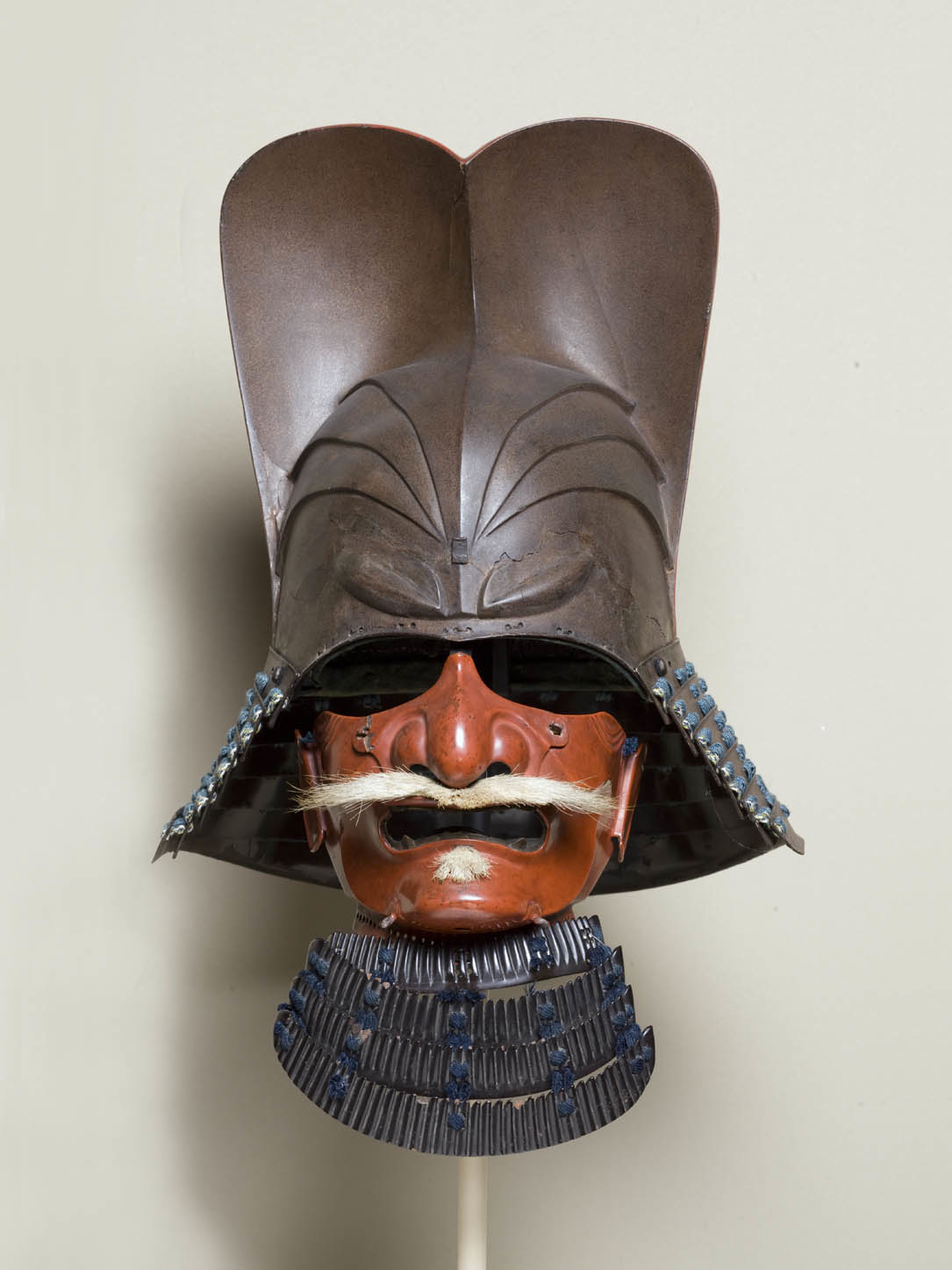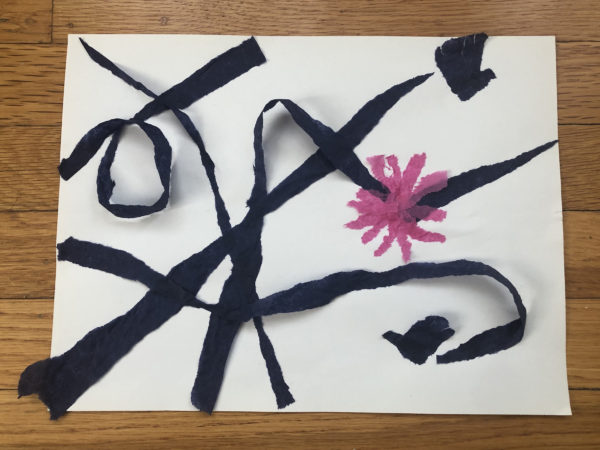Activity
An Introduction to the Samurai
An overview of the Japanese warrior class known as the samurai.

Samurai in battle, detail of twelve battle scenes, 1600–1700.
For more than six hundred years, Japan’s government depended on a warrior class known as the samurai. As a result of the prowess and loyalty of these fighting men, the highest political authority belonged to the shogun, their ultimate leader. The shogun wielded immense power despite expressions of reverence to the emperor, who was recognized as the head of the country. Samurai (meaning “one who serves”) were in service to powerful feudal warrior lords known as daimyo, who governed regional domains throughout Japan. By keeping an eye on the behavior of each daimyo, the shogun retained control over all of them.
Making up a largely hereditary class of gentleman-warriors for whom the arts of warfare were an essential aspect of personal cultivation, the daimyo considered it important to complement their martial pursuits with involvement in cultural activities. They took a keen interest in arts of many kinds. All warriors were expected to balance the qualities bun and bu, or culture and arms. The ideal individual would embody and apply these qualities appropriately—for example, they would be humane in social life but fierce in combat. Similarly, the ideal administrator would temper the strict application of power with the moderating influence of culture.
Throughout the centuries of warrior rule, Kyoto was Japan’s center of culture. No matter how distant the domains they governed, the lords of the samurai always kept an eye on Kyoto, which they regarded as the ultimate political prize. A warrior lord’s essential goal in life was to gain supremacy, and if the chance arose, he would even try to gain control of Kyoto. But without understanding Kyoto’s unique culture—which centered on the imperial court and the aristocracy—daimyo would never be able to successfully rule the city.
The daimyo did seek to emulate Kyoto’s cultural accomplishments in their own domains. Daimyoaround the country would gather to drink tea and participate in poetry writing contests, even though they might soon be enemies on the battlefield. Such cultural competition among far-flung lords laid the groundwork for well-established cultural centers found today in every region of Japan. Warrior rule continued into the second half of the 1800s, when a series of reforms known as the Meiji Restoration changed the way Japan was governed. Military domains were converted by newly appointed (later elected) governors into civil prefectures that remained at peace with one another.







